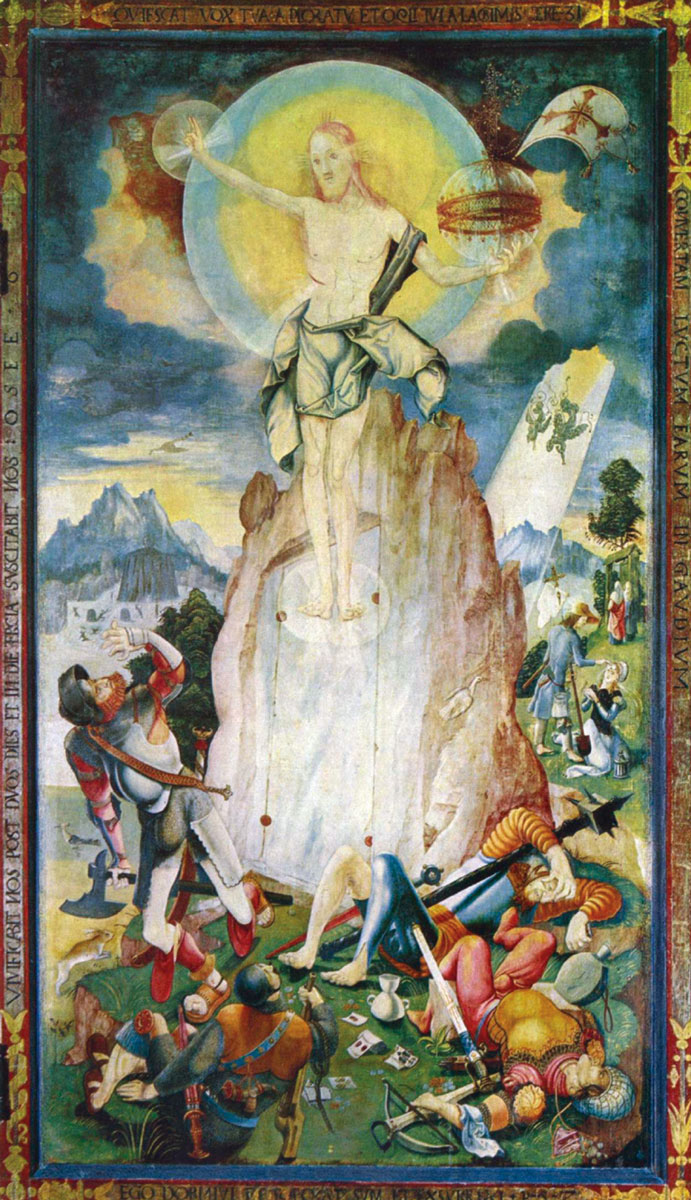Shuffling through the Year
Finding the calendar in the cards
Adam Jasper
What is a deck of cards? The standard “French deck” has fifty-two cards—divided into four suits of thirteen cards each—plus two jokers. The suits are hearts, spades, clubs, and diamonds. Each suit has an ace, nine number cards (from two to ten) and three face cards: a jack, a queen, and a king. On one side, cards are designed to be recognized as quickly as possible, and on the other, to be indistinguishable from all the other members of the deck. It is universally acknowledged that cards are for playing.
The familiar competitive games, such as poker, depend on a tension between meaningful patterns—arrangements of cards such as a flush, a straight, or a full house—and the actual distribution of cards in the deck. It is widely repeated in scholarship that the earliest games were likely to be trump-based and involved trick taking, like the medieval game karnöffel, whose rules were so convoluted that they required writing down, and so have survived. It’s also well documented that cards were used for gambling very early on. Card playing appears in paintings as a pastime of soldiers, and as an un- or even pre-Christian activity, as in the game that is interrupted by the risen Christ in Jerg Ratgeb’s Herrenberg Altarpiece (1519). The first public record we have of the existence of cards consists of attempts by various city authorities to have them banned (starting with Bern in 1367). Taken all in all, it makes sense to assume that cards were always a profane activity, a trivial pastime that perfectly complements getting drunk and losing money.

Look again. There are fifty-two cards in four suits. Not unlike the year, with its fifty-two weeks and four seasons. Can playing cards be read as a kind of calendar? In total, there are twelve face cards, which correspond to the number of months in a year. And the lunar months? Well, there are thirteen of them, and there are thirteen cards in a suit. Weeks, months, lunar months. It’s a striking correspondence, but proves nothing on its own. The way to test the depth of this relationship is to see if any of these seemingly arbitrary features of the deck can be explained by reference to the annual calendar. And this turns out, in the most surprising ways, to be the case.
Adding up the total value of all the cards in a suit, from one to thirteen, yields 91. The total value of all the number cards in a deck is 364. The length of a year, minus one day. But then, what else is the joker for? The joker, in cards as in myth, represents the element of disorder that stops the world from lining up, from running smoothly. (The word karnöffel itself means inguinal hernia, or, in the poetic logic of the Middle Ages, an extra testicle, an unwelcome guest.) And every year requires at least one day that defies the cosmic order, whether it be the climax of the Saturnalia, carnival, or the winter solstice disguised as Christmas. The joker can play the role of that residual day. So, 365. And there is a second joker for the leap year. An obvious objection: the joker first becomes a standard inclusion in every deck in the nineteenth century through the popular game of euchre. But the concept of the fool card is older. The fool in the tarot deck, which dates back to the fifteenth century, has no fixed position within the arcana, and it is usually marked with the Arabic numeral 0—the placeholder that alone means nothing, but means magnitudes in context.